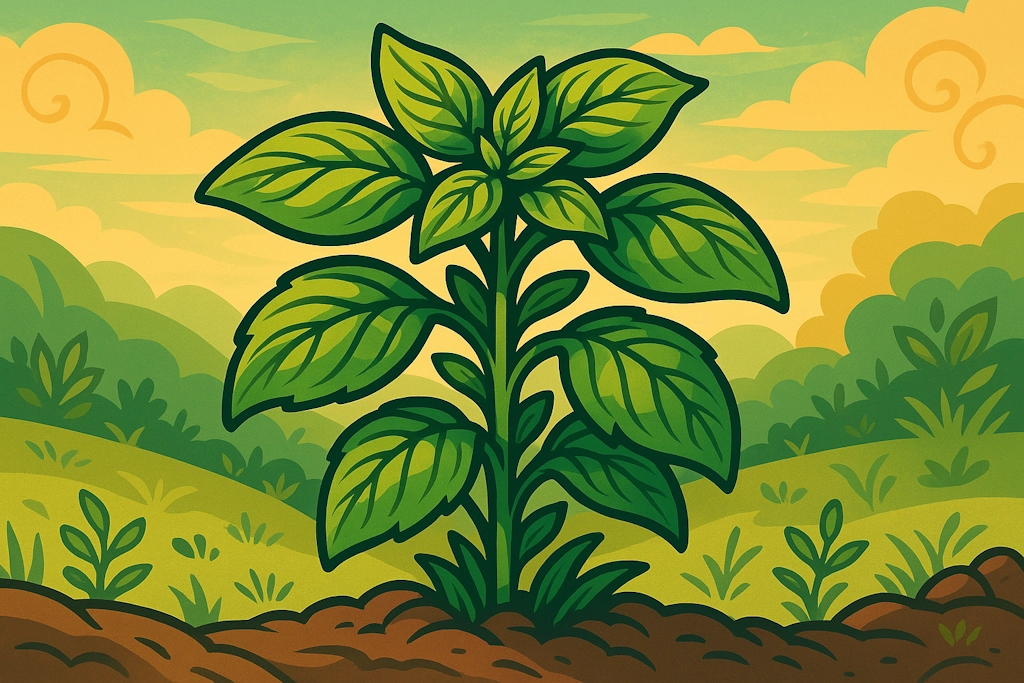🌿Herbs
Generate names for aromatic plants used in cooking, medicine, and magical practices.

Herbs
Generate names for aromatic plants used in cooking, medicine, and magical practices.
Example Herbs
Get inspired by these sample results
- Coriander Leaf
- Kinh Gioi
- Limnophila Aromatica
- Bolivian Coriander
- Lemon Grass
- Tarragon
- Lemon Balm
- Vietnamese Coriander
- Thyme
- Jimbu


